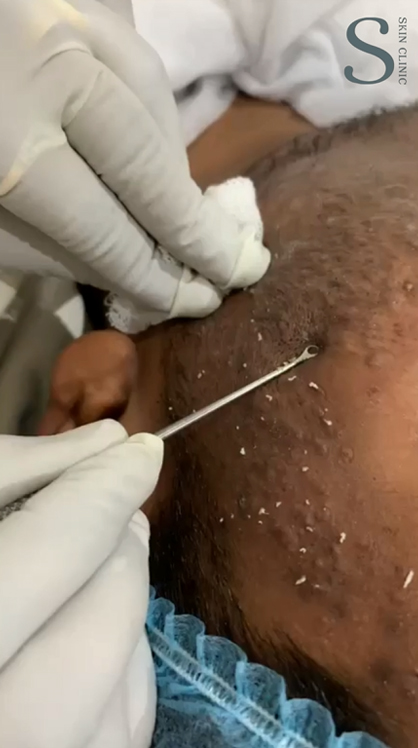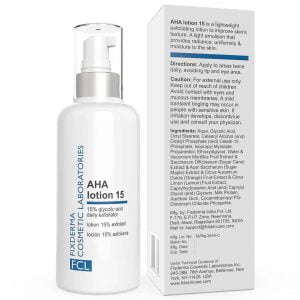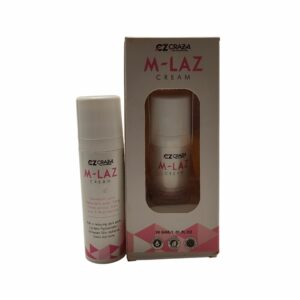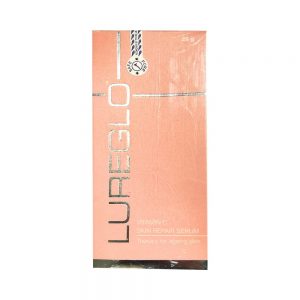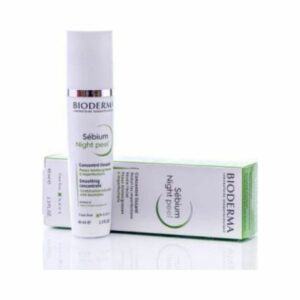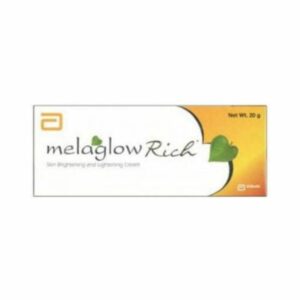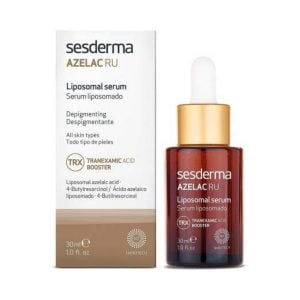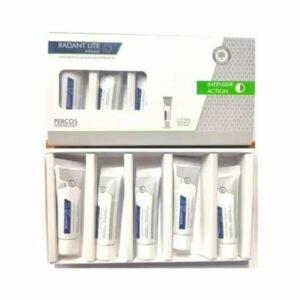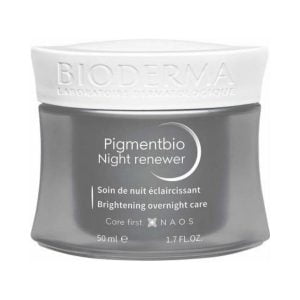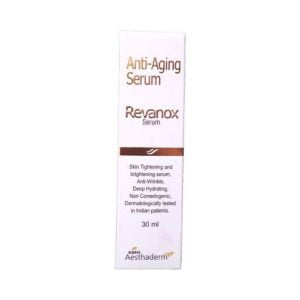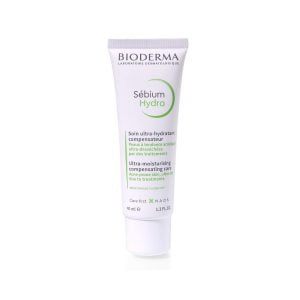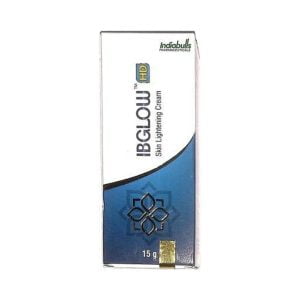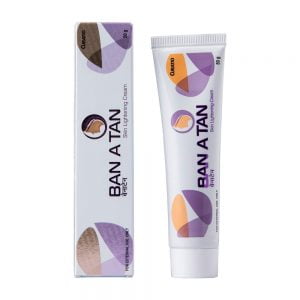Acne Scarring


Dr. Sharma's Treatment For Acne Scarring
Acne scars on the face, chest and back are very common. Some 80% of people between ages 11 and 30 will get acne, and one out of five of those people will develop scars. Reducing the scars requires treatment either over-the-counter medications or one or more procedures performed by a dermatologist.
Scars happen because your body is trying to repair the acne. How your unique body responds to a wound determines if and how much scarring you’ll have. The process of repair includes the creation of collagen. If there’s too much collagen then the raised scars appear. Other scarring is caused by the loss of tissue, which creates pits or indentations in the skin.
The term “scarring” refers to a fibrous process in which new collagen is laid down to heal a full-thickness injury. It affects 30% of those with moderate or severe acne vulgaris. It is particularly common in nodulocystic acne, acne conglobata and acne fulminans. It may also be a long-term consequence of infantile acne.
What are the types of acne scars and what do they look like?
If you have acne scarring, you’re likely to have more than one of the following types. Rarely does someone have just boxcar scars, or just keloid scars, etc. Each of these can be treated with varying degrees of success.
Atrophic or Depressed Scarring:
- Ice pick: An ice pick tool has a wide shaft that narrows down to the tip. This type of acne scar resembles the tool in that it’s a hole that’s wide at the top and narrows to a point as it goes deeper into the skin. Such an indentation is common and also one of the most challenging scars to heal. You’ll find them on your forehead and upper cheeks, where your skin is thinner.
- Rolling: These scars are typically found on the lower cheeks and jaw, where your skin is thicker. The indents have sloping edges that makes the skin look uneven and wavy.
- Boxcar: Boxcar scars are indents that have sharper edges. Those edges go down deep into the skin. These scars are common on the lower checks and jaw.
Consult Dr. Sharma For Acne Scarring
Combining Ayurveda, Naturopathy With Modern Medicine
Reducing Medicines
How you can reduce risk of acne scars?
- Wear sunblock: Sunlight is important because your skin uses light energy to help make vitamin D. However, too much sun can darken scarring. And the darker your skin color, the more obvious your scars will be.
- Don’t pick, scratch, or squeeze: Causing extra damage to your skin promotes inflammation which will make scars worse.
- Treat your acne immediately: The longer you wait, the greater the likelihood of scars.
- Don’t smoke: Smoking tobacco increases your risk of scarring. Not just acne scars, but scars on your body in general.
- See a dermatologist: Get professional help as soon as possible! Get your acne treated before it scars.
Step 1

Share Past Prescription
Share your past prescription with the doctor for analysing your current situation.
Step 2

Upload Image
Step 3


